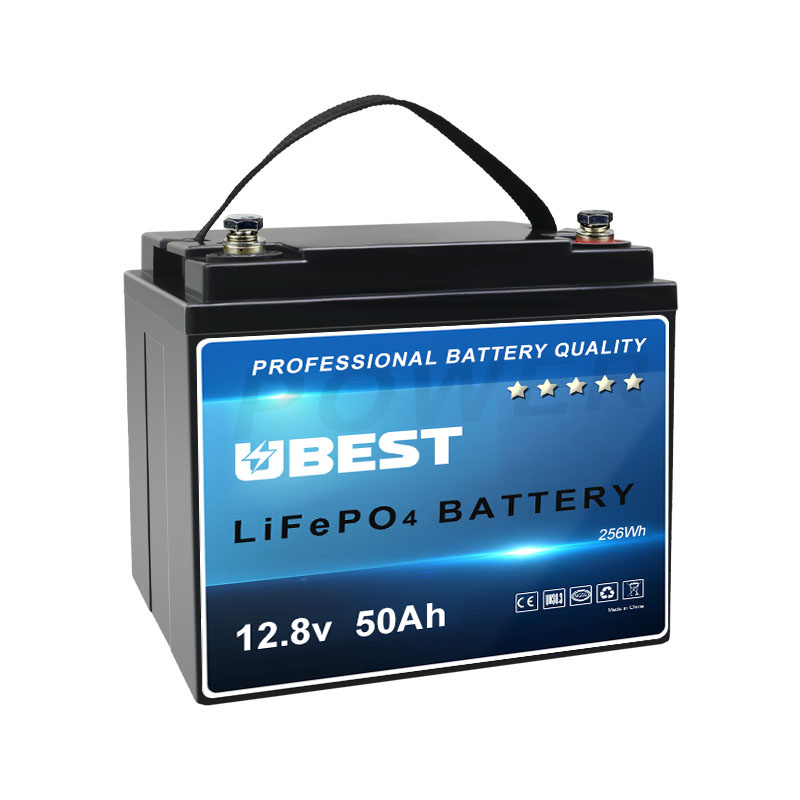Views: 334 Author: Ubest Publish Time: 2023-10-12 Origin: Site









The current lithium battery life has nothing to do with the number of charges, but rather with the number of discharges and the frequency with which they are discharged! This type of battery has a longer cycle life than a ternary lithium battery pack. According to officials, the capacity is still 70% of the initial capacity after 10,000 cycles.
The imported ternary lithium battery pack can be charged and discharged approximately 3000 times, while the domestic one can be charged and discharged approximately 800-1000 times. Ternary materials have advantages in terms of battery energy, specific power, high-rate charging, low-temperature performance, and so on. LiFePO4 materials have obvious advantages in terms of cycle performance, and LiFePO4 batteries are also safer than ternary materials.
The theoretical life of a ternary lithium battery pack is 1200 full charge and discharge cycles, or the entire cycle life. It is fully charged and discharged once every three days, with a total of 120 complete charges and discharges per year. The ternary lithium battery has a service life of ten years, but it can reach eight years if there is loss during use or the number of charge and discharge days is reduced. It is worth noting that the capacity life is mentioned here. After eight years, the ternary lithium battery's capacity will still be greater than 60%, which is the industry standard.
Ternary lithium battery packs have the following advantages over traditional batteries: long life, energy savings, environmental protection, no pollution, low maintenance cost, complete charge and discharge, and lightweight. Because of its numerous advantages, the ternary lithium battery has quickly occupied the 3C, automobile, and other markets, gradually replacing the traditional lead-acid battery.
The ternary lithium battery's life is calculated by the ratio of the capacity decay degree after it has been used to a certain extent, and it ends when the capacity life reaches zero. The industry algorithm is that the ternary lithium battery is fully charged and discharged once, which is referred to as the cycle life.
Among commercial rechargeable lithium batteries, the theoretical life of a ternary lithium battery pack is medium. LiFePO4 has a cycle life of about 2,000 cycles, whereas lithium titanate has a cycle life of 10,000 cycles. Currently, mainstream battery manufacturers make over 500 promises in their ternary battery specifications. However, due to consistency issues, the voltage and internal resistance of the batteries cannot be the same after they are assembled into battery packs. The cycle life is approximately 400 cycles. The capacity of an 18650 ternary lithium battery cell can reach 80% of its initial capacity after 2000 cycles of use.
The lithium iron phosphate battery (LiFePO4 battery) or LFP battery (lithium ferrophosphate) is a type of lithium-ion battery with a cathode made of lithium iron phosphate (LiFePO4) and an anode made of graphitic carbon with a metallic backing. An LFP battery has a lower energy density than other common lithium-ion battery types such as Nickel Manganese Cobalt (NMC) and Nickel Cobalt Aluminum (NCA), as well as a lower operating voltage. LFP batteries are finding applications in in-vehicle use, utility-scale stationary applications, and backup power due to their lower cost, low toxicity, long cycle life, and other factors.LFP batteries contain no cobalt.
The LiFePO4 power battery has a cycle life of over 2,000 times and can be charged at a standard rate of 5 hours. When used under the same conditions, the theoretical life of a lead-acid battery of the same quality is "new half-year, old half-year, and maintenance and maintenance for half a year," which is 1 to 1.5 years at most, whereas the theoretical life of a LiFePO4 battery is 7 to 8 years.
LiFePO4 batteries have a relatively high charge and discharge efficiency, ranging between 85% and 90%. The lead-acid battery is approximately 80% charged. Combining several factors, the use characteristics of iron-lithium battery packs can be roughly expressed as relatively large size, poor low-temperature performance, and the ability to maintain a relatively flat decay rate over the service life, which is generally about 8 years; however, if used in the South. LiFePO4 batteries have a lifespan of more than 8 years.
LiFePO4 can be recharged up to 2000 times. However, do not overcharge; the battery may leak liquid within a week of being overcharged, and it must be charged frequently. Charge times for general LiFePO4 batteries range from 3000-5000 cycles. BYD's LiFePO4 battery has a longer cycle life than the ternary lithium battery pack. According to officials, the capacity is still 70% of its initial value after 10,000 cycles.
The charge limit of lithium batteries is not fixed. Regular-manufacturer batteries can typically be charged and discharged at least 500 times, with the capacity remaining above 80% of the initial capacity. A single charge per day can be used for two years.
The LiFePO4 battery is used in the U best portable power station. For the Ubest portable power station, the LiFePO4 battery provides 2500 cycles and a battery life of more than 10 years.
The suggested product: The 100AH 12V LIFEPO4 deep cycle battery produced by Ubest is durable and safe, and it provides high-efficiency energy for the device.